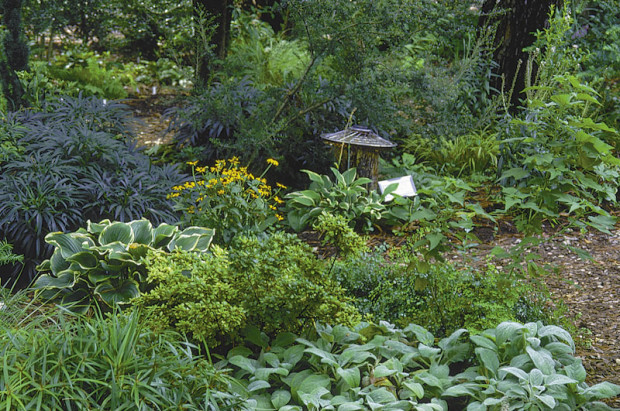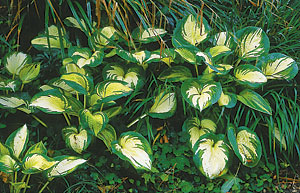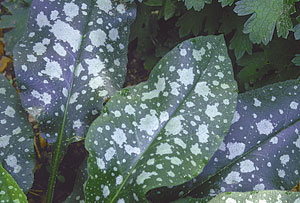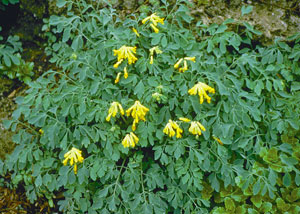We have a shady, worn path on the north side of our house. If I installed stepping stones there, how can I get moss to grow between the stones?
Moss has a unique beauty and has become the focus of a new form of gardening. Since it generally loves acidic, compacted, deeply shaded and poorly drained sites, moss is wonderful for locations that would otherwise be a gardening nightmare.
Four types are typically used in moss gardens: fern (or sheet) moss, the most versatile and fastest-spreading groundcover; rockcap, used for walls, boulders and pond edging; haircap, which prefers partial sun and well-drained soil; and cushion, which prefers sandy soil, tolerates partial sun and is excellent for rock gardens.
In your situation, to get moss to take hold, the first thing you need to do is make sure the growing requirements are met. Think about where you would find it in a natural setting: normally in a shady, relatively cool and damp location, like the woods, shady areas next to a stream, or under a tree where it is shaded, damp and cool.
Do a soil test first. The soil needs to be poor in nutrients and slightly acidic—the pH should be between 5.0 and 6.0; lower is okay, with 6.5 the maximum but not ideal. The soil can be amended to the desired pH with liquid sulfur or aluminum sulfate, or mix in coffee grounds or peat moss. Using Roundup to clear an area of weeds will also help create favorable moss-growing conditions. Moss plants need a firm soil bed rather than loose, fluffy soil, so if the area has been cultivated recently it should be tamped down lightly. Remove any debris, plants, or leaves (moss doesn’t like compost).
Once you have taken care of the soil, you are ready to “plant.” With some patience you can grow your own moss. You will need some moss to start. See if you can find some growing in your yard (or a neighbor’s or friend’s) in conditions similar to where you will apply it. Take a good size strip of healthy moss (remove as much dirt as possible) and crumble it in a blender. Add 2 cups of buttermilk and 2 cups of water. Blend at the lowest speed until it is completely mixed and the consistency of a thin milkshake (add water if necessary). Spread this mixture on the soil. You might need to make more than one batch.
It is imperative to keep the area slightly damp at all times! Keep an eye on it and mist regularly with water, especially the first 3 weeks. It usually takes about a month to get established but it also can take up to a year. The easiest way to ensure success would be to install misters and a timer if the area is not naturally moist or damp. You can use the same mixture (but slightly thicker) to grow moss on rocks, flowerpots, etc. Use a paintbrush to apply the mix and mist regularly to keep it moist.
Having the opposite problem? Dealing with moss in your lawn
Related: Trees are hosts to many non-harmful plants, insects and animals






